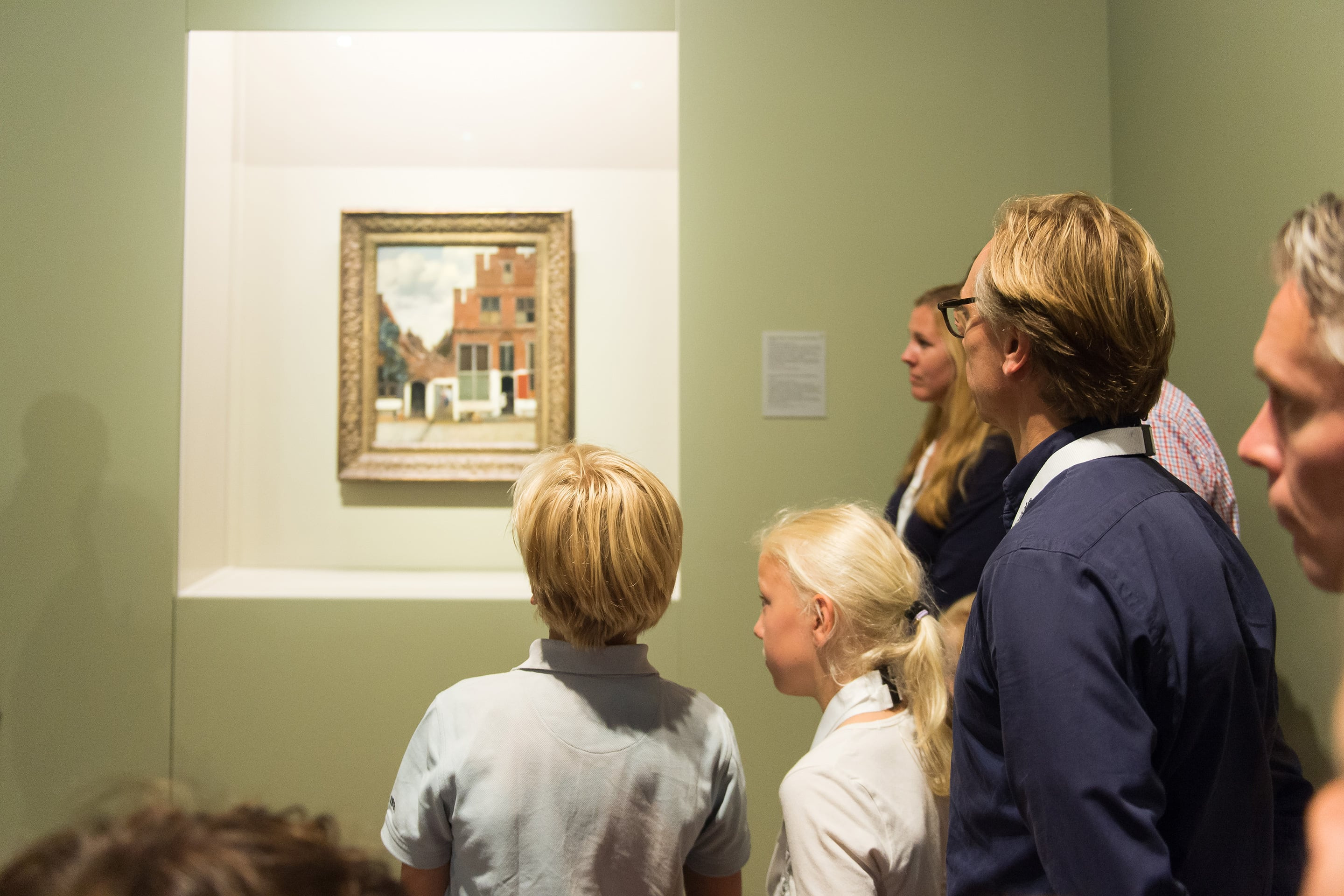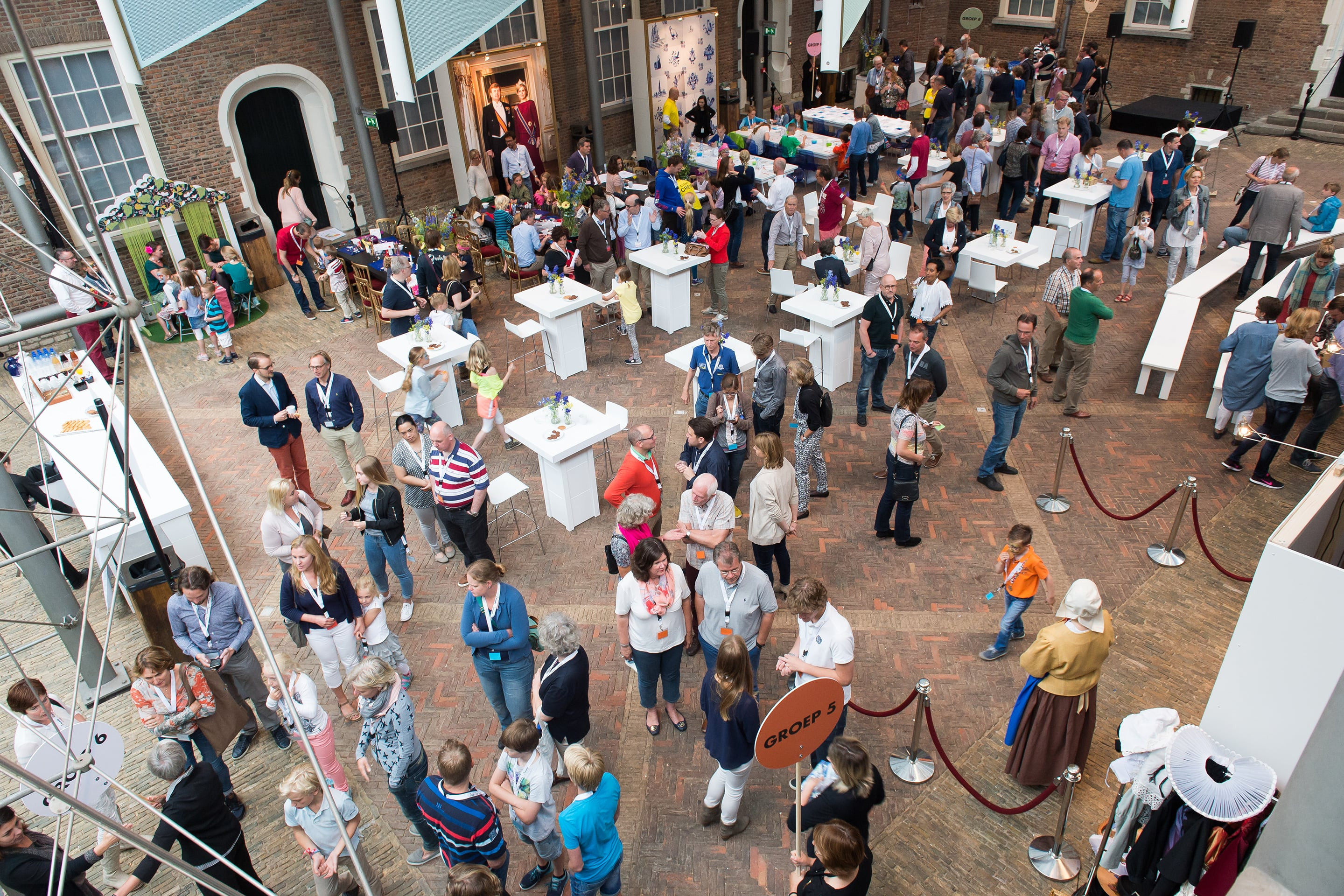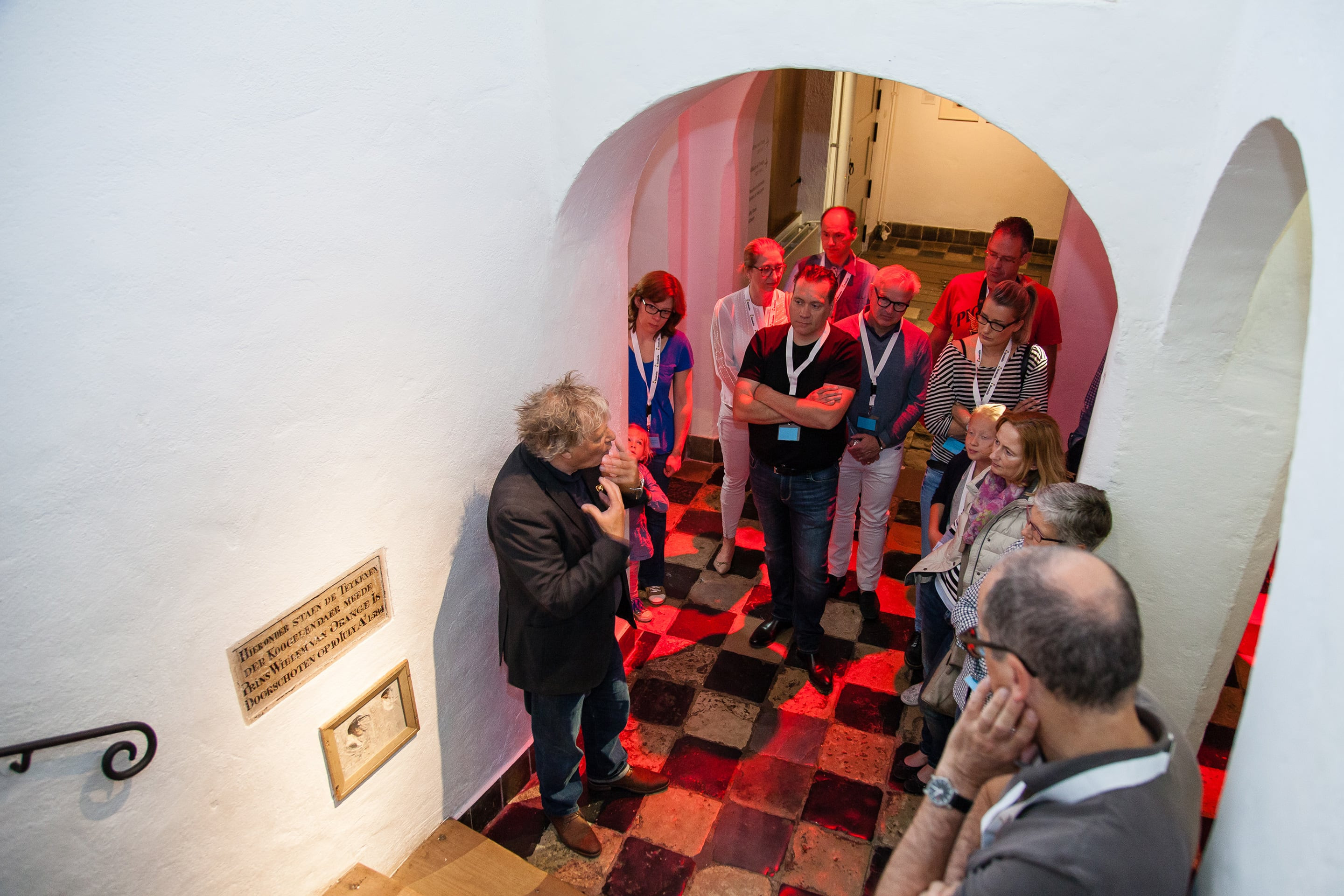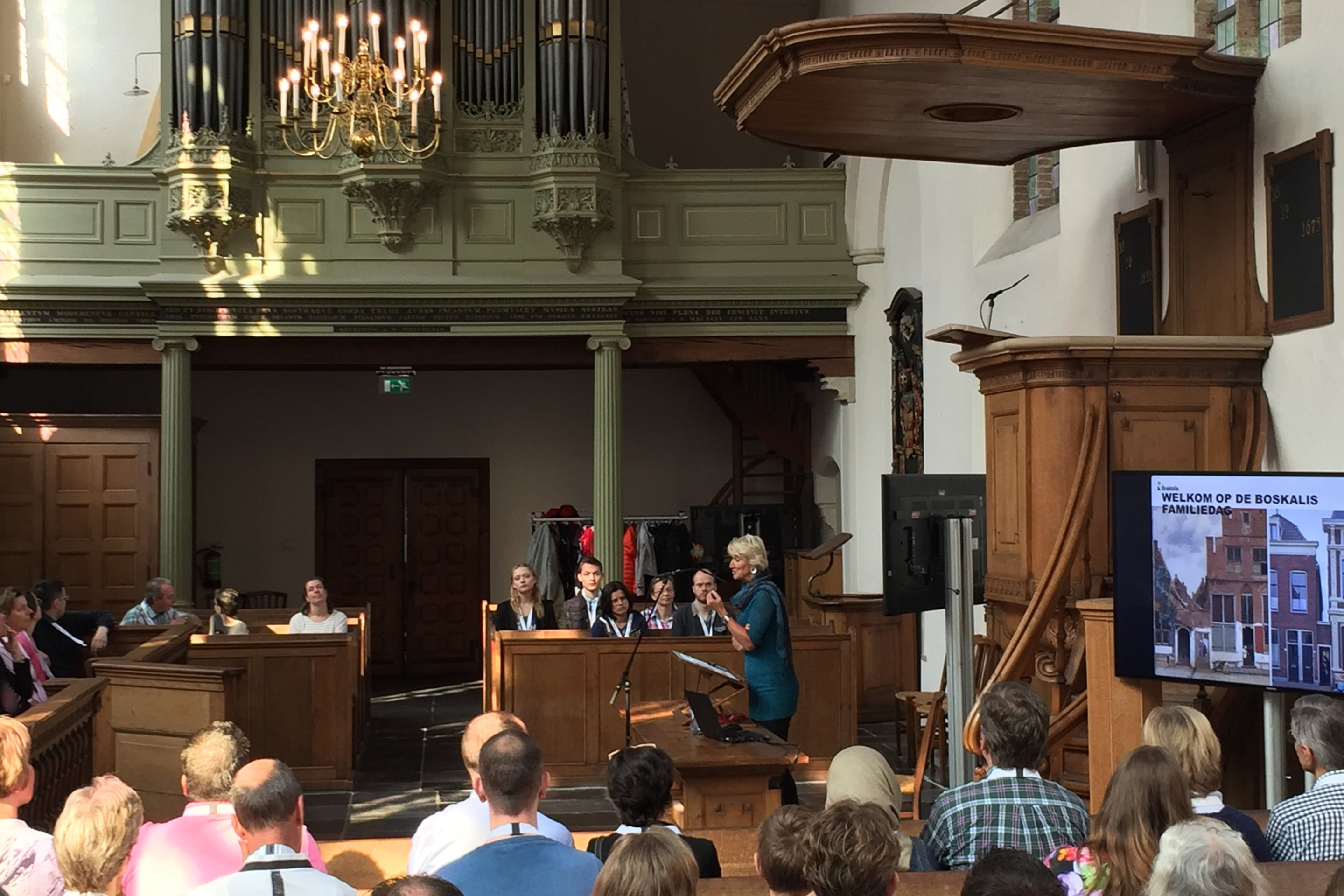Tens of thousands of interested visitors went to the exhibition ‘Vermeer comes home’ in the Prinsenhof Museum in Delft this summer. Johannes Vermeer’s ‘The Little Street’ was the center of attention. The precise location of the real-life little street was identified last year using the 17th-century records of dredging work in Delft’s canals. That was one of the reasons Boskalis decided to support the exhibition as main sponsor.
Only 35 paintings by Johannes Vermeer have been preserved. The city of Delft, where the famous painter lived and worked all his life, does not have any of them, and it is sixty years since a Vermeer was last in Delft. ‘The Little Street’, which was painted in about 1658, was on show in Delft for the first time in 300 years. Since 1921, it has had a prominent place in Amsterdam’s Rijksmuseum, which has four masterpieces by Vermeer.
For Patrick van Mil, the director of the Prinsenhof Museum, the presentation of a Vermeer in Delft was a dream come true: “It’s wonderful that the Rijksmuseum was willing to reunite Vermeer with his home town. Their cooperation, and thanks to the contribution from Boskalis as main sponsor, meant that The Little Street could return to the place where it was painted. Vermeer is one of the most famous painters in the world, and this work shows how painting in Delft was transformed in the mid-17th century,” he says.
Dredging work in the canals
Since 1921, when the painting View of Houses in Delft (the official name of the painting) by Vermeer was acquired by the Rijksmuseum, there has been speculation about the exact location of the real-life little street. “Many suggestions have been made over the years but it was only last year that the exact location, Vlamingstraat 40 and 42, was identified,” explains Patrick. “The municipal records of dredging work in Delft played an important role here. Experts scrutinized ‘The ledger of the dredging of the canals in the town of Delft’ from 1667, which was used to record how much tax all the owners of canal houses in Delft were expected to pay for the dredging of the canal and maintenance work on the quay.”
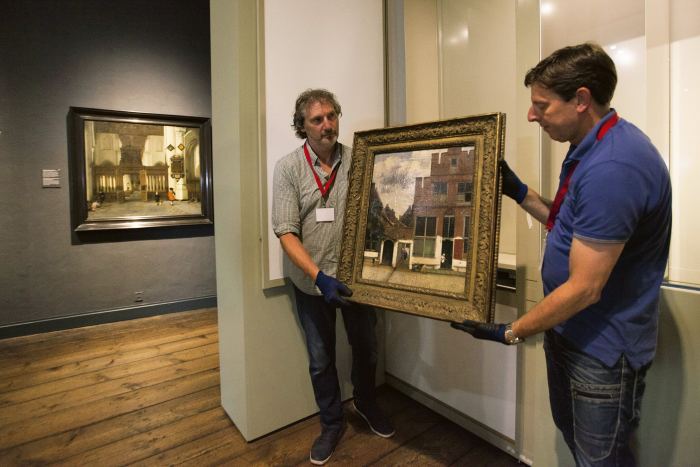
Sponsor
The surprising fact that the location of the ‘little street’ was found using the records of dredging work was one of the reasons why Boskalis decided to act as main sponsor for the exhibition. In addition, Boskalis has had close ties to Delft for many years, partly because many Boskalis colleagues with a technical background studied at Delft University of Technology. The cultural and historical significance of the museum also played a role. The Prinsenhof was the last residence of William of Orange, the ‘Father of the Nation’, whose name was given to one of the trailing suction hopper dredgers in the Royal Boskalis fleet. One of the walls of the building still bears the bullet holes left after the assassination of William by Balthasar Gerards in 1584.

Past and present
Boskalis made the most of this opportunity to organize colorful family days for its employees and their families. The visitors learnt more about Vermeer and the search for the location of the ‘little street’, followed by tours that covered all the masterpieces on show in the exhibition. They also had the option of visiting exhibitions about Delft Blue and Delft innovations. A dynamic part of the program was a walk past the ‘little street’ itself and through the historical city of Delft, with modern assistance in the form of a dedicated app. There were performances and workshops for the youngest children and teenagers could link past and present by using virtual reality glasses to make their own versions of ‘The Little Street’.
“Vermeer has a fascinating story to tell,” says Patrick. “Our museum and the historical city of Delft provide the context for that story. The locations linked to Vermeer’s life and this canvas are all just around the corner from our museum. The enthusiasm of the visitors shows that we succeeded in bringing Vermeer’s world back to life.”
